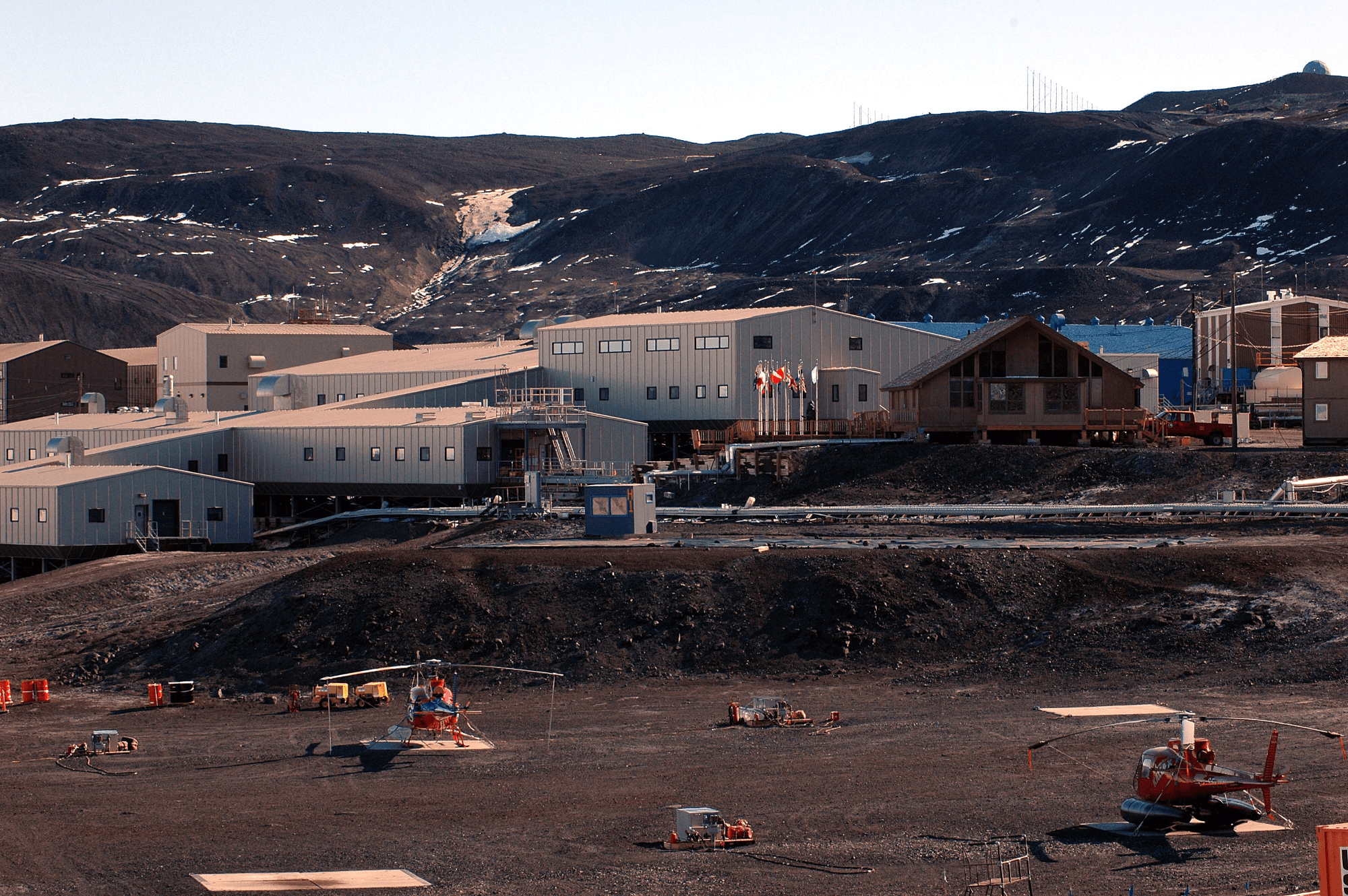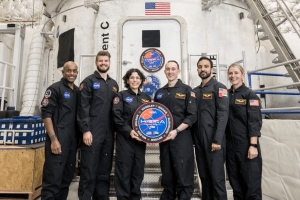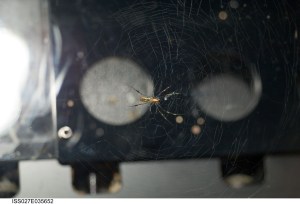Mission Overview
- Location: Antarctica
- Environment: Isolation
- Hazards Tested: Hostile environment, isolation
Research Updates
- Team Dynamics Research
On October 25, 2019, two Human Research Program funded studies completed their final data collection sessions for the 2019 winter-over period at the National Science Foundation’s (NSF) McMurdo and Amundsen-Scott (South Pole) stations. These two studies were integrated into a single study protocol with procedures and measures shared between the two investigations. The final sample consisted of a total of 24 subjects, with 4 subjects at South Pole station and 20 subjects at McMurdo station, participating in the period from April to October 2019.
One study, Shared Cognitive Architectures for Long-term Exploration (SCALE), explored how social relations and team cognition are affected by isolation and confinement. This research may help enable teams to maintain and improve recall of shared knowledge and have a better understanding of the consequences of poor team performance.
A companion study to SCALE is titled Crew Recommender for Effective Work in Space (CREWS). This study uses the research data for developing a computer model that can help select the best crew team.
- Two New Immunology Studies Accepted for Antarctica Winter-Over 2020
The National Science Foundation (NSF) has accepted two immunology-focused studies for this upcoming winter-over season. Winter-over in Antarctica is roughly March through October. The first, led by Dr. Brian Crucian, will examine immunological response of subjects at the Palmer coastal station, focusing on similarities to responses seen in astronauts onboard the International Space Station (ISS). The second, led Dr. Satish Mehta, will study the effectiveness of preventative measures to suppress viral reactivation in subjects at McMurdo and Amundsen-Scott (South Pole) stations. Next steps include subject recruitment, personnel training, and logistics (e.g., shipping of consumables and medications).
Antarctic Stations
- McMurdo Station
The United States’ Antarctic Program (USAP) maintains McMurdo. Scientists believe that Antarctica’s climate, terrain, temperature, and isolation provide an environment on Earth that most closely parallels the conditions of isolation and stress to be faced on long-duration human missions in space. This analog provides a unique and accessible test bed to develop prototype systems and technologies for use on the Moon and Mars.
Research disciplines at McMurdo include astronomy, atmospheric sciences, biology, Earth science, environmental science, geology, glaciology, marine biology, oceanography, climate studies, and geophysics.Learn More: http://www.nsf.gov/geo/plr/sitemap.jsp
- Palmer Station
Of the three U.S. Antarctic stations, Palmer is the only one that is accessed routinely during the winter. This station has a well-equipped laboratory and provides the opportunity for study of Biological, Ornithological, Meteorological, Atmospheric, Glaciological and Marine Ecosystem science.
Research: Palmer has research focused on the Antarctic marine ecosystem, including sea ice habitats, regional oceanography and terrestrial nesting sites of seabird predators. The station maintains networks for year-round monitoring of global seismic, atmospheric, UV activity and houses a radio receiver studying lightning over the Western Hemisphere.Learn More: http://www.nsf.gov/geo/plr/sitemap.jsp
- ANSMET
ANSMET is a program funded by the National Science Foundation that looks for meteorites in the Transantarctic Mountains. This geographical area serves as a collection point for meteorites that have originally fallen on the extensive high-altitude ice fields throughout Antarctica.
Research: A team of four to ten explorers, typically meteorite scientists, live for 5–7 weeks on the ice field. Using snowmobiles spaced 30 m apart they scan the blue ice for meteorites. All of the material collected by ANSMET is curated for the purpose of research and public education.Learn More: http://caslabs.case.edu/ansmet/



































